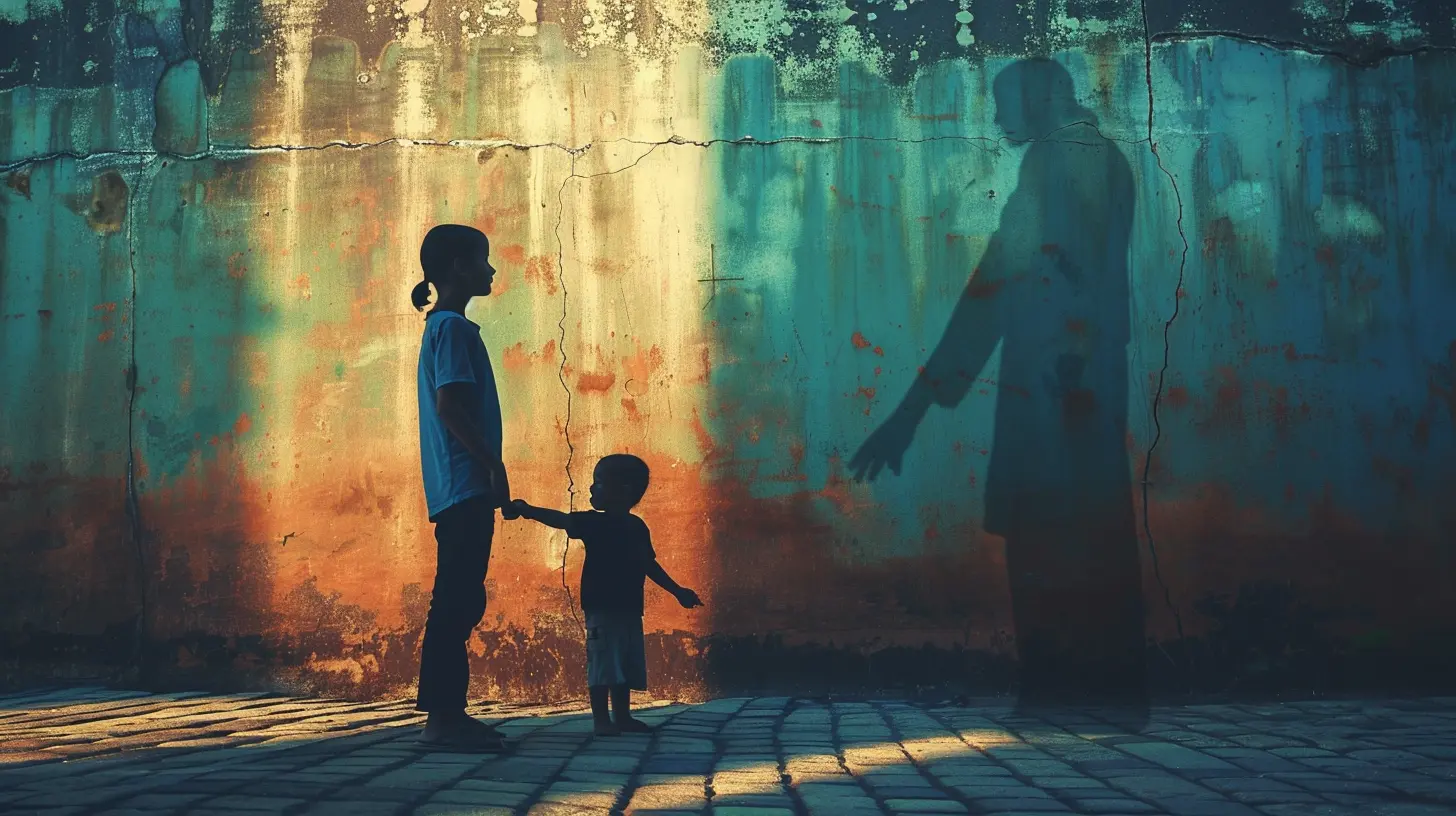Gentle Discipline: Teaching Kids Without Yelling
21 October 2025
Parenting is a wild ride, isn’t it? One minute your child is an angel, and the next, they're testing every ounce of your patience. It’s easy to lose your cool and raise your voice, but what if I told you there’s a better way?
Gentle discipline is all about teaching kids without the need for yelling, threats, or punishment. It focuses on respect, understanding, and connection. Sounds nice, right? But how do you actually do it? Keep reading to find out! 
Why Yelling Doesn’t Work (And What It Does Instead)
Before we dive into the gentle discipline techniques, let’s talk about yelling. Many parents resort to it because they think it gets results—but does it really?The Short-Term Fix That Creates Long-Term Problems
Sure, yelling might stop the misbehavior for a moment, but in the long run, it can actually make things worse. When kids are yelled at, they don’t absorb the lesson; they just feel scared or angry. Instead of learning why their behavior was wrong, they learn to fear their parents or become resentful.The Emotional Toll on Kids and Parents
Think about how you feel after yelling. Drained? Guilty? Frustrated? Yelling takes a toll on you too! Our kids look to us for emotional safety, and when we yell, that sense of security gets shaken. It can lead to anxiety, low self-esteem, and even more meltdowns—kind of like pouring fuel on the fire.The solution? Gentle discipline. Let’s get into how it works. 
So, What Is Gentle Discipline?
Gentle discipline is all about guiding kids with respect, kindness, and clear boundaries. It doesn’t mean letting kids do whatever they want (nope, it’s not permissive parenting). Instead, it teaches consequences in a way that helps kids actually learn from their mistakes rather than fear punishment.Think of it like coaching instead of controlling. When a sports coach corrects a player, they don’t scream at them; they show them what to do differently. That’s exactly what gentle discipline does for kids! 
How to Discipline Without Yelling
Now that we know why yelling isn’t great, let’s talk about what to do instead.1. Stay Calm (Even When You Want to Scream)
Easier said than done, right? But hear me out—kids mirror our emotions. If we want them to stay calm, we have to show them how. Take a deep breath, count to ten, or walk away for a moment if you need to.A calm parent = a more responsive child.
2. Use Connection Before Correction
Kids act out when their emotional needs aren’t met. Before jumping to discipline, check in with them:- Are they tired, hungry, or overwhelmed?
- Do they need some attention or comfort?
Sometimes, a hug or a few minutes of one-on-one time can work better than any lecture.
3. Set Clear Expectations
Ever notice how kids struggle with vague instructions? Instead of saying, “Behave!” try, “I need you to use a quiet voice in the library.”When kids know exactly what’s expected, they’re more likely to follow through.
4. Offer Choices Instead of Commands
Nobody likes being bossed around (kids included!). Instead of “Put your shoes on NOW,” try, “Would you like to wear your red shoes or blue ones?”Giving choices helps kids feel in control while still following the rules.
5. Use Natural Consequences
Instead of punishment, let natural consequences do the teaching.- If they refuse to wear a jacket? They’ll feel cold.
- If they throw a toy? It gets put away for a while.
This helps kids connect their actions with real outcomes—lessons that actually stick.
6. Teach Through Problem-Solving
Instead of asking “Why did you do that?!” (which usually leads to an “I don’t know”), try:- “What happened?”
- “What can we do differently next time?”
This encourages kids to reflect and learn rather than just feel bad.
7. Model the Behavior You Want to See
Kids learn more from what we do than what we say. If we want them to speak kindly, solve problems calmly, and take responsibility, we have to show them how.No pressure, right? 😅 
Common Challenges (And How to Handle Them Without Yelling)
Parenting isn’t always smooth sailing, even with the best discipline techniques. Here’s how to tackle some of the most common hurdles.What If My Child Doesn’t Listen?
Instead of repeating yourself louder and louder, try changing your approach. Get down to their eye level, use a firm yet gentle tone, and make sure they’re actually paying attention before speaking.What About Public Meltdowns?
Ah, the dreaded public tantrum. Instead of panicking, focus on staying calm and removing your child from the situation if needed. Remember, your child isn’t trying to embarrass you—they’re struggling and need your help to regulate.What If I Lose My Cool?
You’re human! If you do end up yelling, don’t dwell on it. Apologize, reconnect, and use it as a learning moment. Kids benefit from seeing how we handle mistakes, too.The Big Picture: Raising Respectful, Emotionally Strong Kids
Gentle discipline isn’t about being a perfect parent—it’s about creating a home where kids feel safe to make mistakes and grow. By teaching discipline with kindness and respect, we raise kids who:- Understand limits and boundaries
- Learn self-control and problem solving
- Feel valued and respected
- Develop strong emotional resilience
At the end of the day, discipline isn’t about controlling kids; it’s about guiding them. And trust me, the effort you put into gentle discipline today will pay off in the long run.
So, next time your child pushes your buttons, take a deep breath, ditch the yelling, and try one of these strategies instead. You’ve got this!
all images in this post were generated using AI tools
Category:
Discipline TechniquesAuthor:

Maya Underwood
Discussion
rate this article
1 comments
Lyra Wilkins
I love this approach! Gentle discipline fosters respect and understanding between parents and kids. It not only promotes better communication but also helps children learn important lessons without fear. Thank you for sharing!
October 23, 2025 at 4:16 AM

Maya Underwood
Thank you for your kind words! I'm glad you resonate with the approach. Fostering respect and understanding is key to positive parenting!


